How the vinyl industry weathered pandemic disruptions to emerge stronger than ever
Industry experts weigh in on the challenges and opportunities of 21st-century vinyl production and why events like the Haarlem Vinyl Festival are key to the continuing relevance of records.
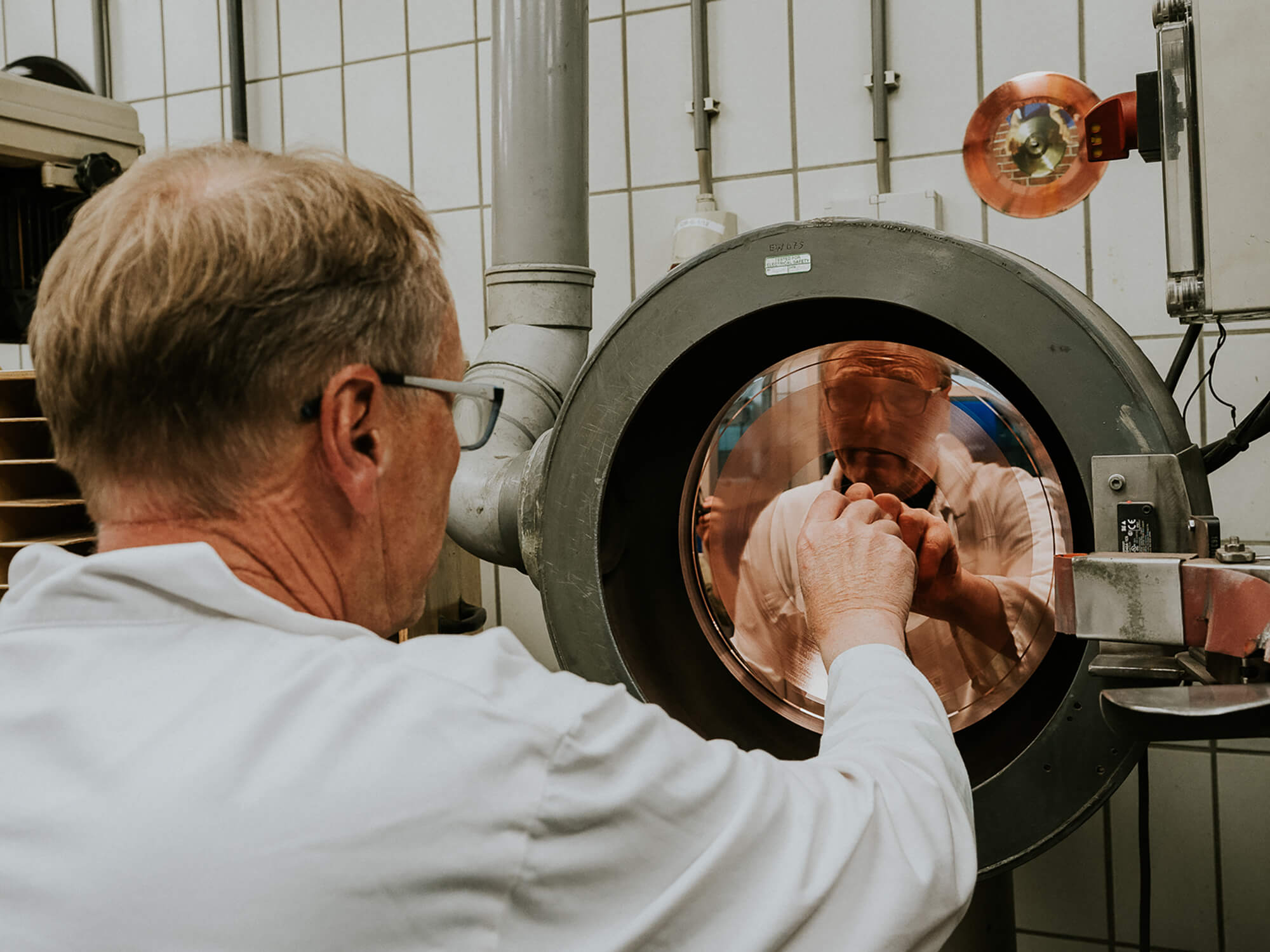
Record Industry vinyl pressing plant. Image: Jaap Kroon
COVID-19 hit the vinyl industry as a perfect storm. Making a recording, even at the best of times, demands an intricate and specialised production process. The pandemic introduced shortages of key materials and skyrocketing manufacturing costs that pushed lead times for new vinyl pressings to as long as 12 months.
Stores shuttered. Global shipping delays kept existing stock off shelves. And, as the disruptions of 2020 stretched into 2022, stakeholders across the industry were left with the uneasy but not unfamiliar feeling that maybe the medium of vinyl truly might not recover this time.
However, if there’s one thing we should have learned over the last few decades, it’s that vinyl doesn’t go down easy. In 2023, the industry has not only weathered the tempest but has seemingly emerged stronger than ever, thanks to a dramatic expansion of production capacity at existing facilities and new pressing plants opening up around the world.
“The current lead times are a lot healthier,” says Anouk Rijnders, project manager of Artone Studio in The Netherlands. “When you have a new album recorded, you don’t want to have to wait a year to get it released. A turnaround time of 12 weeks is much better for the industry.”
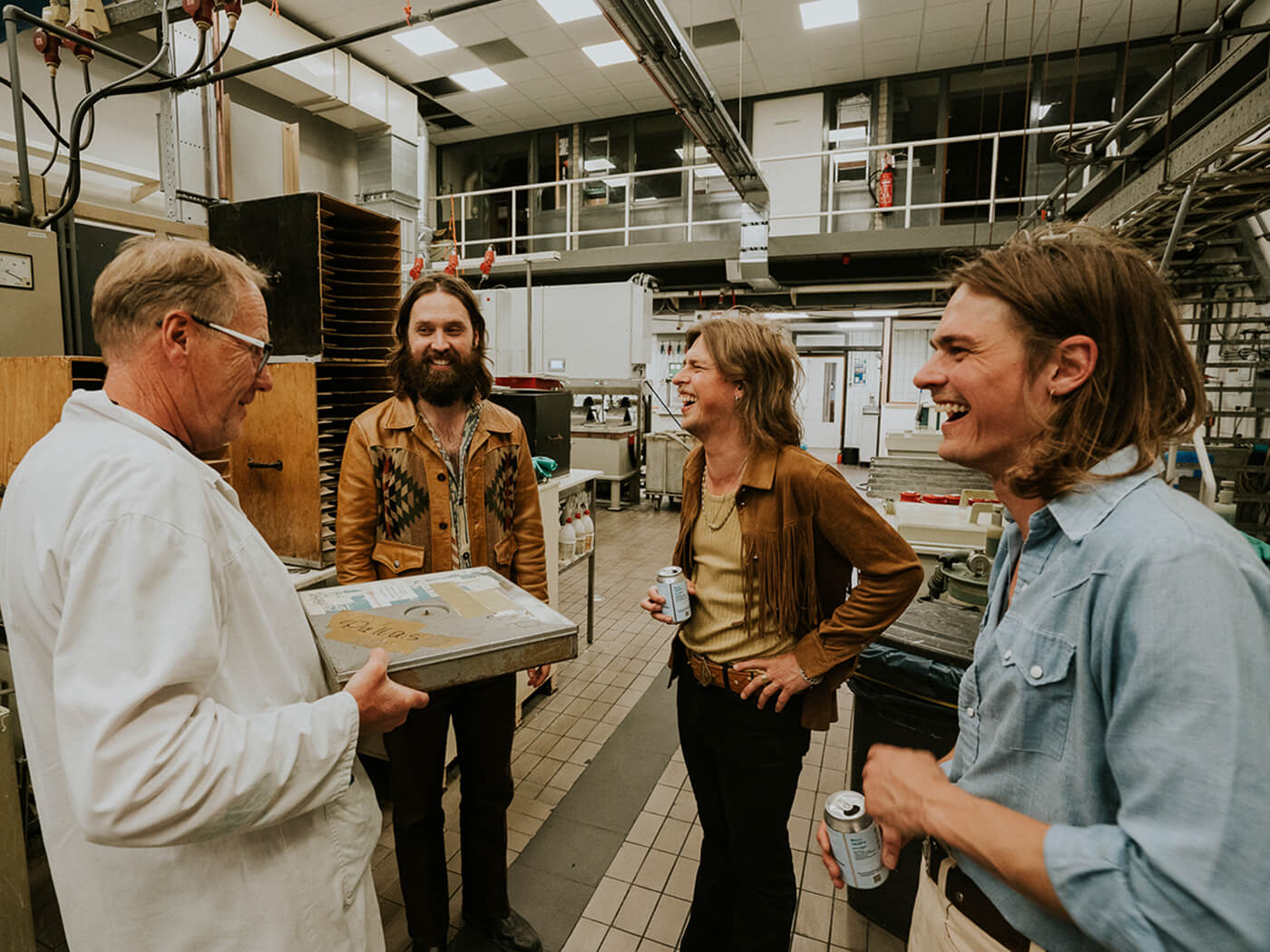
Similarly, while some local record stores were forced to close permanently, many more pivoted to online sales. It proved effective in connecting with customers during the lockdowns and pushing through the pandemic slump, says Larry Jaffee co-founder of the annual Making Vinyl conference and author of Record Store Day: The Most Improbable Comeback of the 21st Century.
“The latest sales numbers suggest that consumer demand for vinyl remains strong,” says Jaffee. “New brick-and-mortar outlets have opened on both sides of the Atlantic Ocean since life has returned to normalcy.”
Esher Vollebregt, manager for Record Store Day in the Netherlands, sees a similarly encouraging trend: “Stores are doing really well and not many locations had to shut down. The total number of shops in the Netherlands has remained very stable over the years and vinyl sales are still growing. Fun fact: of the five or six new stores that opened after the pandemic peak, two are run by young girls – 20-year-old Sophie from Artistic Records and 14-year-old Quinty from Q-Records.”
That young people are interested in retaining these local hubs is an important victory for the industry. While online sales may offer convenience for customers, and a financial lifeline for businesses, the unique role that physical record stores hold is hard to replace.
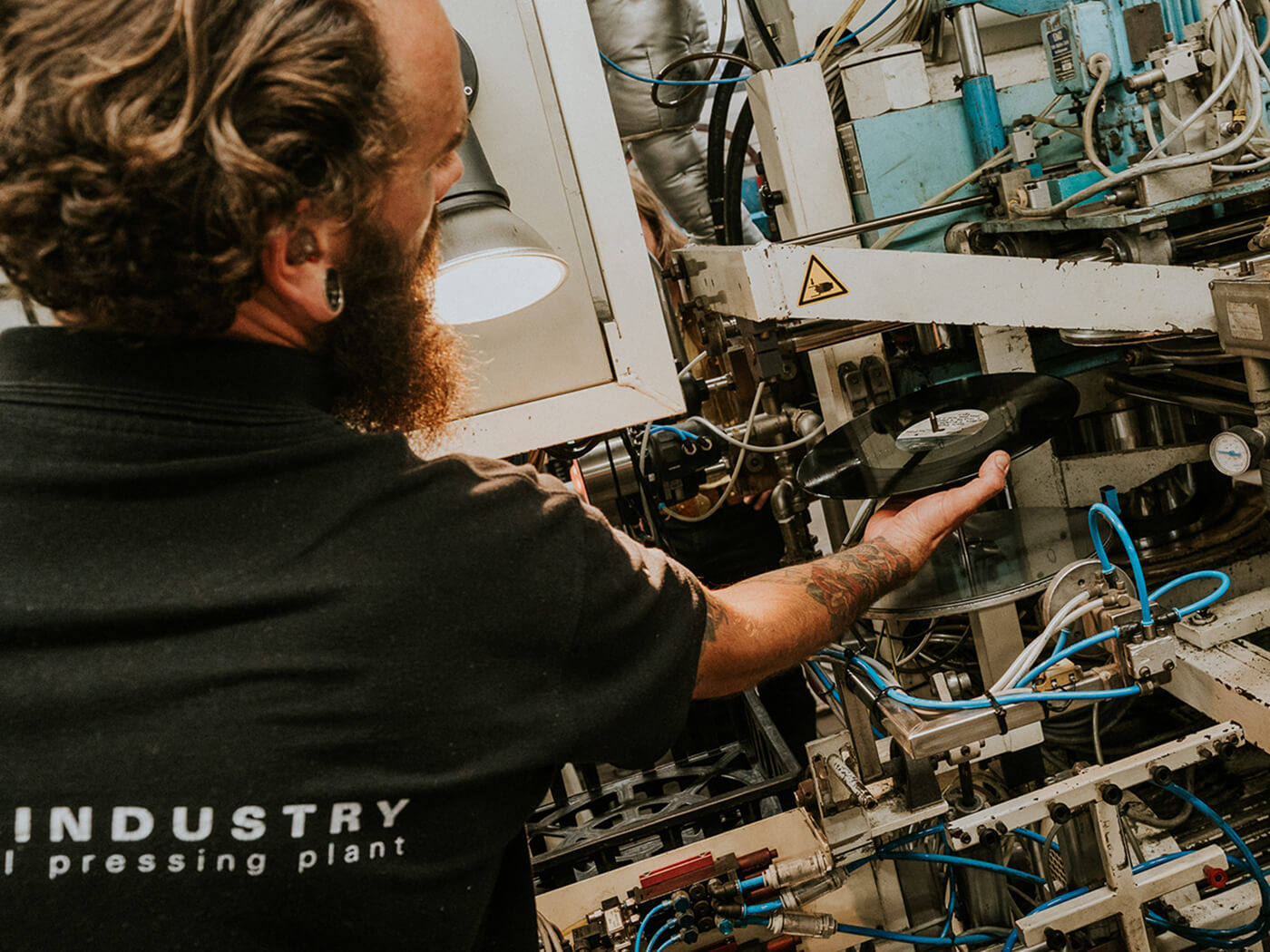
From crate-digging culture to community connection, these spaces are about more than making a purchase. “Record stores are places to get in touch with new music in an accessible way,” says Vollegregt. “They are the main physical meeting point for vinyl enthusiasts and the vinyl culture.”
Record stores are essential in maintaining existing vinyl communities on a local level. But large-scale in-person events have emerged as the best way to excite the wider public and introduce younger generations to the medium.
Jeffrey Smith, VP of marketing at Discogs, says events like the upcoming Haarlem Vinyl Festival in the Netherlands are pivotal in sustaining the culture and growing connections within the diverse communities who celebrate the medium.
“These events provide a space for collectors, fans, artists, sellers, and historians to celebrate their shared passion for music and vinyl,” says Smith. “In essence, they are the beating heart of the vinyl community, igniting connections, nurturing growth, and preserving the enduring appeal of vinyl records for generations to come.”
Featuring an open-air record fair, live performances, listening sessions, and a conference program, Rijinders says multi-day events like the Haarlem Vinyl Festival function as a generational bridge – where people can not only celebrate the medium but exchange knowledge.
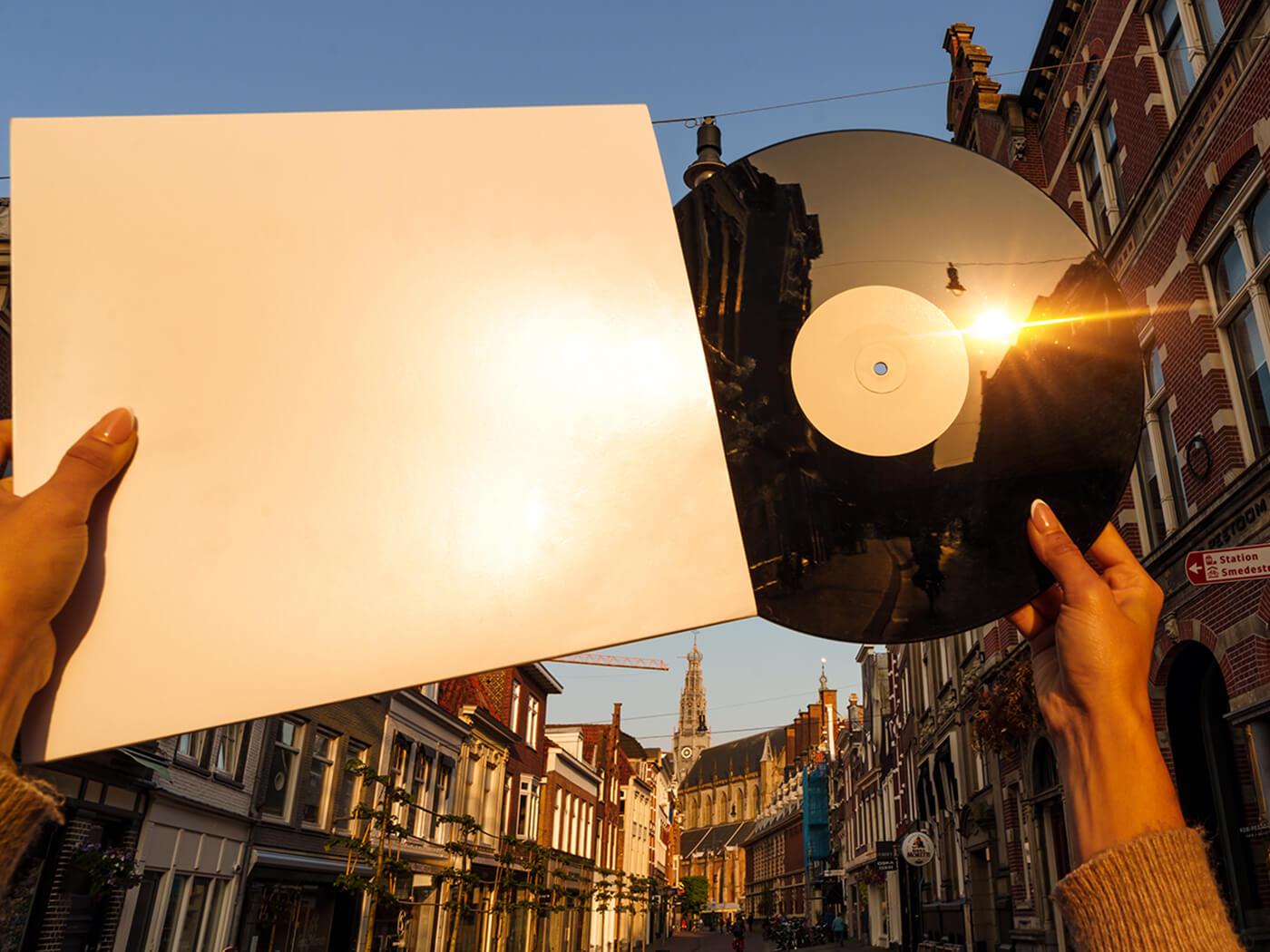
“The great thing about an event like this is that many people, young and old, can get together,” she says. “They can hear new music, share collections and stories, but perhaps also learn things; how to set up their system or the history of classic albums.”
The importance of connecting vinyl to Millennial and Gen-Z demographics is hard to overstate. For the medium to continue its renewed relevance, passion has to be passed down to the next generation. Here, there are many promising signs.
“There’s no better example than Taylor Swift selling nearly one million units of Midnights,” says Jaffee. “Seven of the top 10 US best-selling albums on vinyl in 2022 were artists popular with Gen Z and millennials. That included Harry Styles, Olivia Rodrigo, Kendrick Lamar, and Tyler, the Creator.”
Moving forward, Jaffee says he hopes this trend continues, with labels increasing vinyl releases for current artists with big streaming numbers. However, he also sees opportunities to revisit older albums that missed out on a vinyl release.
“Albums from 1990s artists, released during the CD era’s heyday, are still not available on vinyl,” Jaffee points out. “Let’s not forget the first decade of the vinyl comeback was driven by baby boomers like me who missed spinning on a turntable the beloved albums of our collective youth.”
In a similar manner, Jaffee continues, vinyl releases of classic Gen X and Millennial anthems could drive future growth for the industry by offering an entry point for middle-aged listeners who want a more tangible connection to the albums they’ve loved for years.
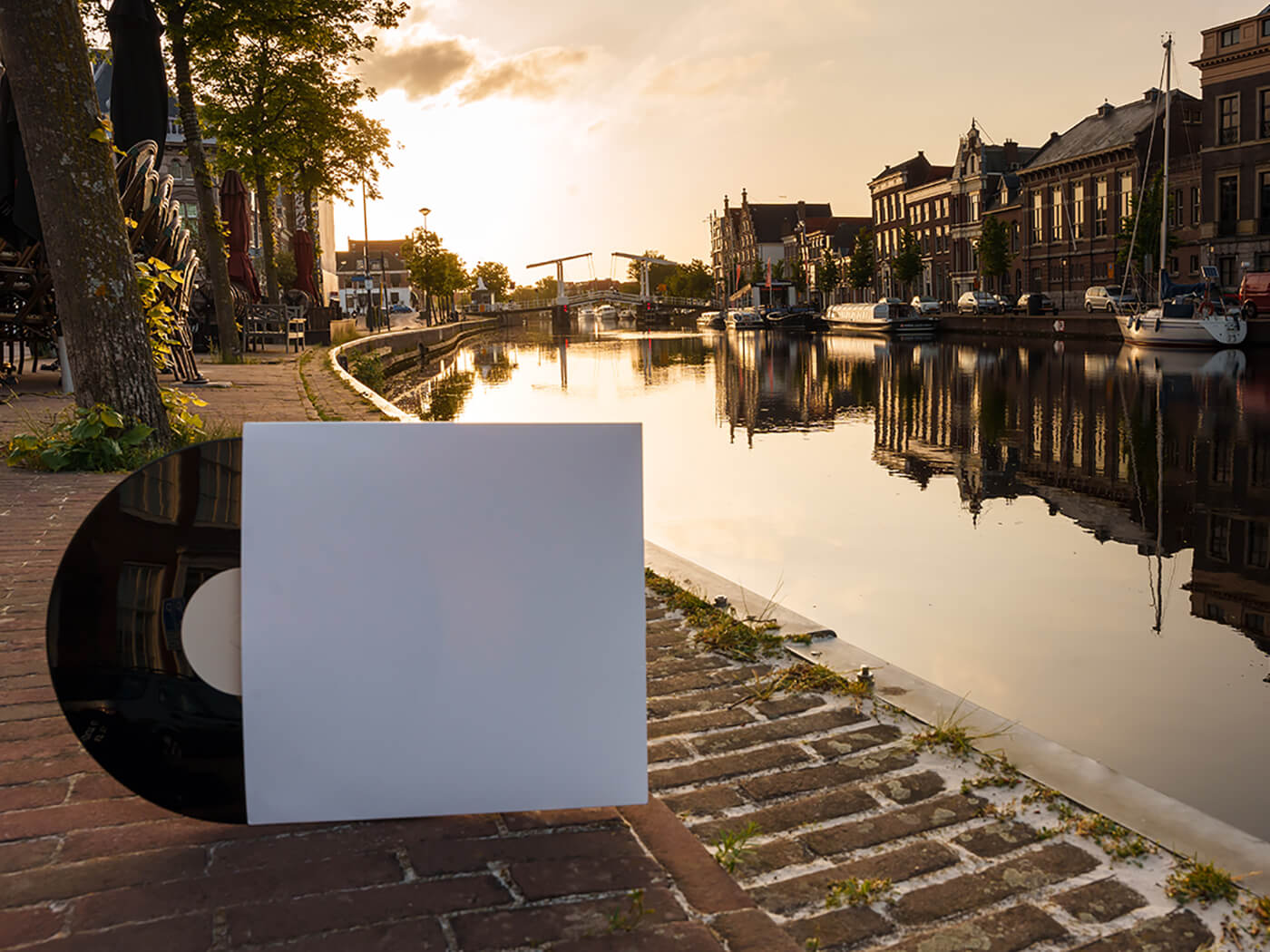
There are plenty of positive signs and future opportunities for vinyl – but there are still challenges to overcome. Both Jaffee and Rijnders point to the recent surge in production capacity as having potentially negative consequences. “There’s actually too much capacity at the moment,” Rijnders says. “This might lead to lower prices and perhaps even a price war between the smaller pressing plants.”
“The industry appears to be a victim of its success,” agrees Jaffee. “Vinyl record manufacturers must not make the same mistake that CD replicators did in the 1990s and embark in a cutthroat price war to win new business because it’s not sustainable.”
The process of manufacturing vinyl is far from streamlined. There is currently only one company – based in Japan – producing the lacquer needed to make a ‘master’ disc for vinyl pressings. Such bottlenecks in the supply chain leave the industry vulnerable to future disruptions.
Similarly, the machinery needed by pressing plants grows increasingly rare and specialised and there is a growing need to update both the industry’s tools and its materials. “It’s all vintage equipment,” says Jaffee. “Speaking of which, the vinyl industry continues to – and needs to – do its part to help reduce its carbon footprint amid the global warming reality, by developing non-toxic materials that go into the actual composition of a record.”
Overcoming these hurdles offers benefits not only for collectors, store owners, and manufacturers, but for artists as well. Given how financially precarious streaming is for the majority of artists, a thriving vinyl industry may offer an essential alternative source of income.
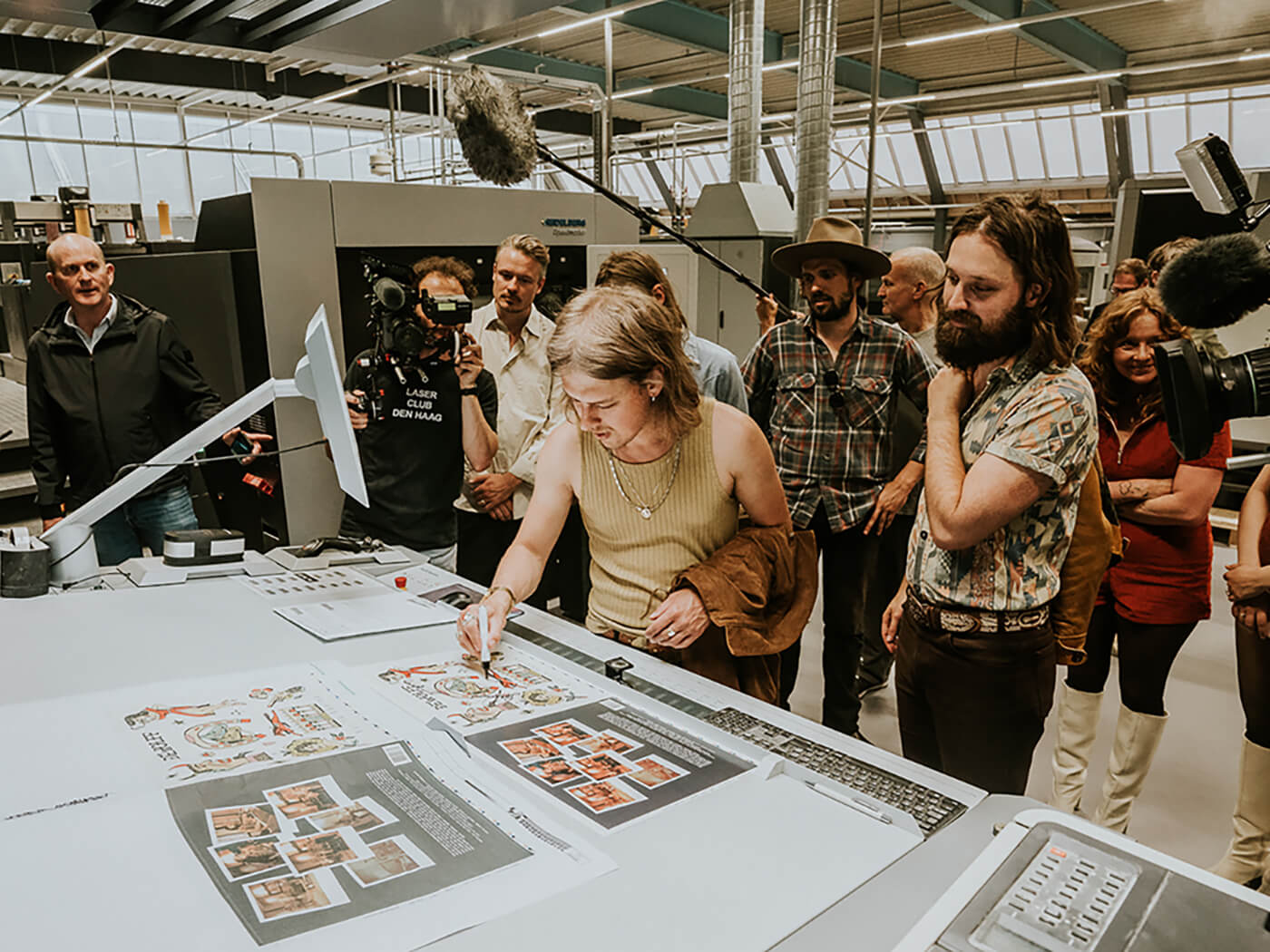
“Musicians make far more money from sales of their records than they’ll ever see from streaming royalties,” says Jaffee. “This is even more true for those artists who take records on the road to sell at gigs. They will earn far more profit – as much as a 50 per cent margin per record – when compared to the royalty stake from traditional vinyl sales.”
At the same time, Jaffee acknowledges that vinyl pressing remains a costly proposition when dealing in smaller quantities – something that is likely to be prohibitive for smaller or independent artists.
Decades after its supposed demise, the story of vinyl is one of remarkable resilience. A cat with nine lives, a phoenix from the ashes, Bruce Willis in Die Hard – not one of them can match the staying power of the humble LP.
The entire catalogue of recorded music is readily available at bargain bin prices, and yet people still gravitate to vinyl because it offers something that digital streaming platforms have been unable to replicate.
The vibe of a listening bar, the sense of accomplishment that comes with finding a rare gem, the feeling of owning a music collection rather than renting it via subscription, the personal connections offered by stores and events – these are much-needed counterpoints to the increasingly abstract and passive listening experience offered online.
Vinyl is the musical medium that just won’t quit – and we, in turn, can’t quit vinyl.